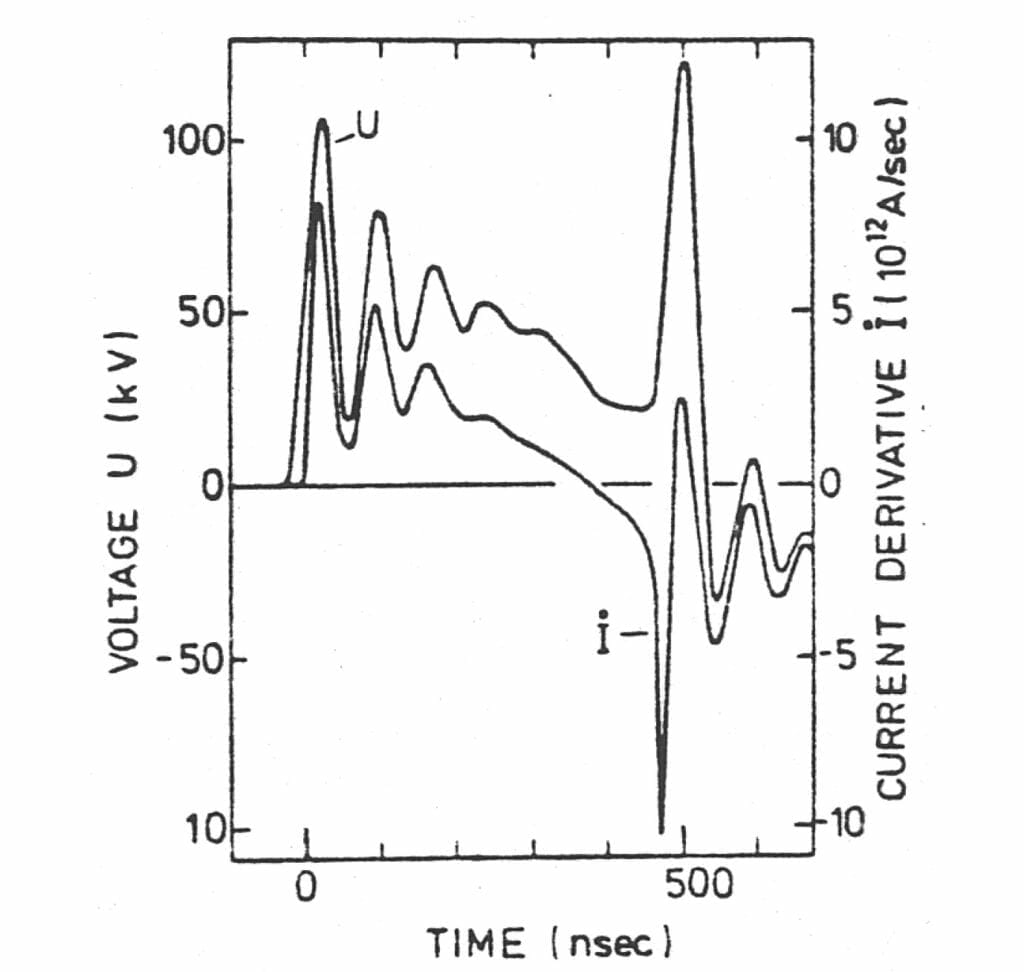New simulations have led to what appears to be the solution of the current oscillation problem that LPPFusion’s research team has been struggling to solve since mid-2019. These oscillations are the most likely cause of the disruption of current filaments that have in turn limited fusion yield (see LPPFusion Report June 10, 2020). Since we have also completed the new design for the anode (next item in this report) the solution of the oscillation problem means we have now addressed both engineering problems that confronted the project in the spring.
Of course, only experiments will demonstrate conclusively the elimination of the oscillation problem, and it will be some weeks before we have the components for new tests. But the circuit simulations are based on relatively simple and extremely well-tested electrical calculations, so we have high confidence that they will be confirmed by experiment.
Timothy Klein, an electrical engineer and LPPFusion investor, working with LPPFusion Chief Scientist Eric Lerner, succeeded in October in simulating the current oscillations with his “lumped circuit” model of our device. In mid-November, Klein tried introducing a snubber circuit to suppress the oscillations. But he found only at best a 10% reduction in the early oscillations. The snubber circuit also seemed to generate oscillations that were in phase with the initial ones, while we wanted a cancellation.
On Nov. 24, in consultation with his former professor, Dr. Warren Perger of Michigan Tech University, and with Lerner’s input, Klein tried a new snubber idea that really made a big difference, reducing the first oscillation in the the simulated pulse by 2/3 and the second one by a factor of 10. See figures 1 and 2.
Fig. 1 Simulation of oscillations in FF-2B as of January 2020.
Fig. 2 Simulation of oscillations with snubber circuit.
The new idea requires some more equipment, but we still will be able to test it with our new switches before actually firing FF-2B in the new experimental run in 2021.
Of course, we can’t yet prove that getting rid of these big oscillations will get rid of the disruptions in the filaments. But some encouraging indirect evidence came from papers describing the results from other large machines of our type. They too have both large oscillations in current and disrupted filaments, see Fig. 3. In smaller machines, oscillations are much less serious, and filament disruption does not occur.

Fig. 3 Oscillations for the Speed-2, a mega-ampere dense plasma focus device originally located in Germany and now in Chile. As in our FF-2B the oscillations in voltage and rate of change of the current are almost 100% of the peak values. (From PhD Thesis, Denis Glouchkov, Heinrich-Heine-University-Dusseldorf, 2001)
This news piece is part of the December 22, 2020 report. To download the report click here.


